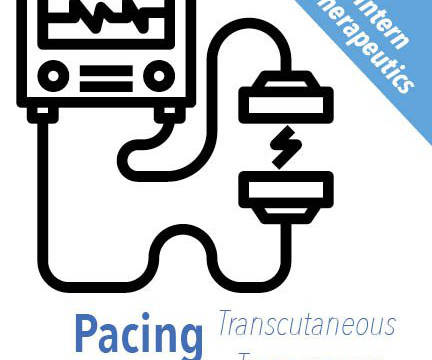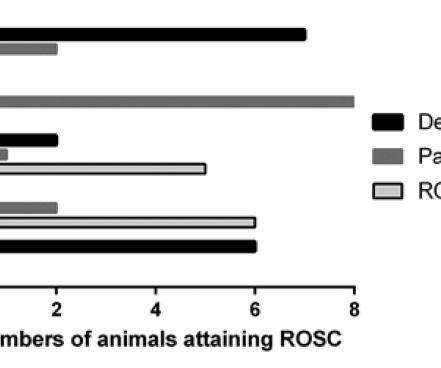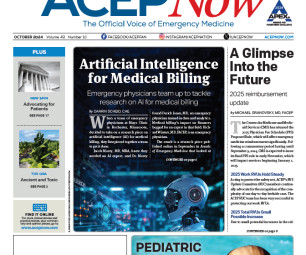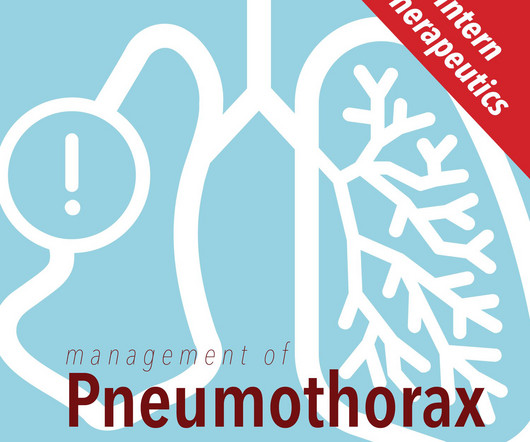Hospital-administered ECPR for out-of-hospital cardiac arrest: an observational cohort study
Emergency Medicine Journal
OCTOBER 26, 2023
Background Extracorporeal cardiopulmonary resuscitation (ECPR) is a treatment method for refractory out-of-hospital cardiac arrest (OHCA) requiring a complex chain of care. All patients received mechanical CPR, epinephrine and/or amiodarone. Cases of hypothermic cardiac arrest were excluded. –6.9)























Let's personalize your content